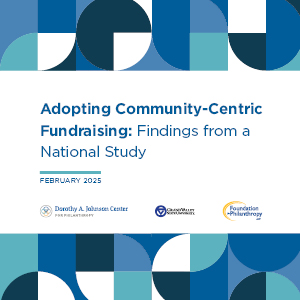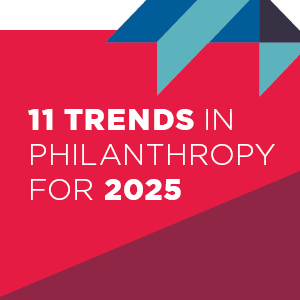Nonprofits Are Questioning Their Use of Facebook
As we learn more about how Facebook is causing harm to civil society, nonprofit organizations are starting to ask themselves a difficult question: should we stop using Facebook?


















As we learn more about how Facebook is causing harm to civil society, nonprofit organizations are starting to ask themselves a difficult question: should we stop using Facebook?
West Michigan community leaders came together in 2016 to develop a plan to foster more inclusive nonprofit boardrooms. The resulting project helped inform the Johnson Center’s new curriculum and microcredential for board service.
Nonprofits and foundations are increasingly investing in their talent through options like fellowships, remote work, sabbaticals, and distributed leadership models.
As we better understand how our relationships with animals — as sources of food, labor, co-carriers of diseases, etc. — affect our health and theirs, a fast-growing sub-sector is focused on improving outcomes for all.
To help you navigate the complex philanthropic landscape, Michael Moody highlights four simple yet key distinctions in the field.
Nonprofits are taking advantage of new partnerships, tools, and technologies like data philanthropy, predictive analytics, and machine learning to demonstrate impact.
Many issues once thought of as areas of common ground, such as public health, have become polarizing topics in the U.S., and philanthropy is increasingly enmeshed in these larger culture wars.
Teri Behrens highlights the importance of infrastructure organizations, like the Johnson Center, that contribute to the effective and efficient operation of the philanthropic sector.
In our changing philanthropic landscape, it’s increasingly important for nonprofits to select corporate sponsors carefully. Explore these top tips for finding the ideal partner.
Institutional philanthropy is starting to recognize the strengths, challenges, and needs that Indigenous people bring to many of our sector’s most pressing areas of work.